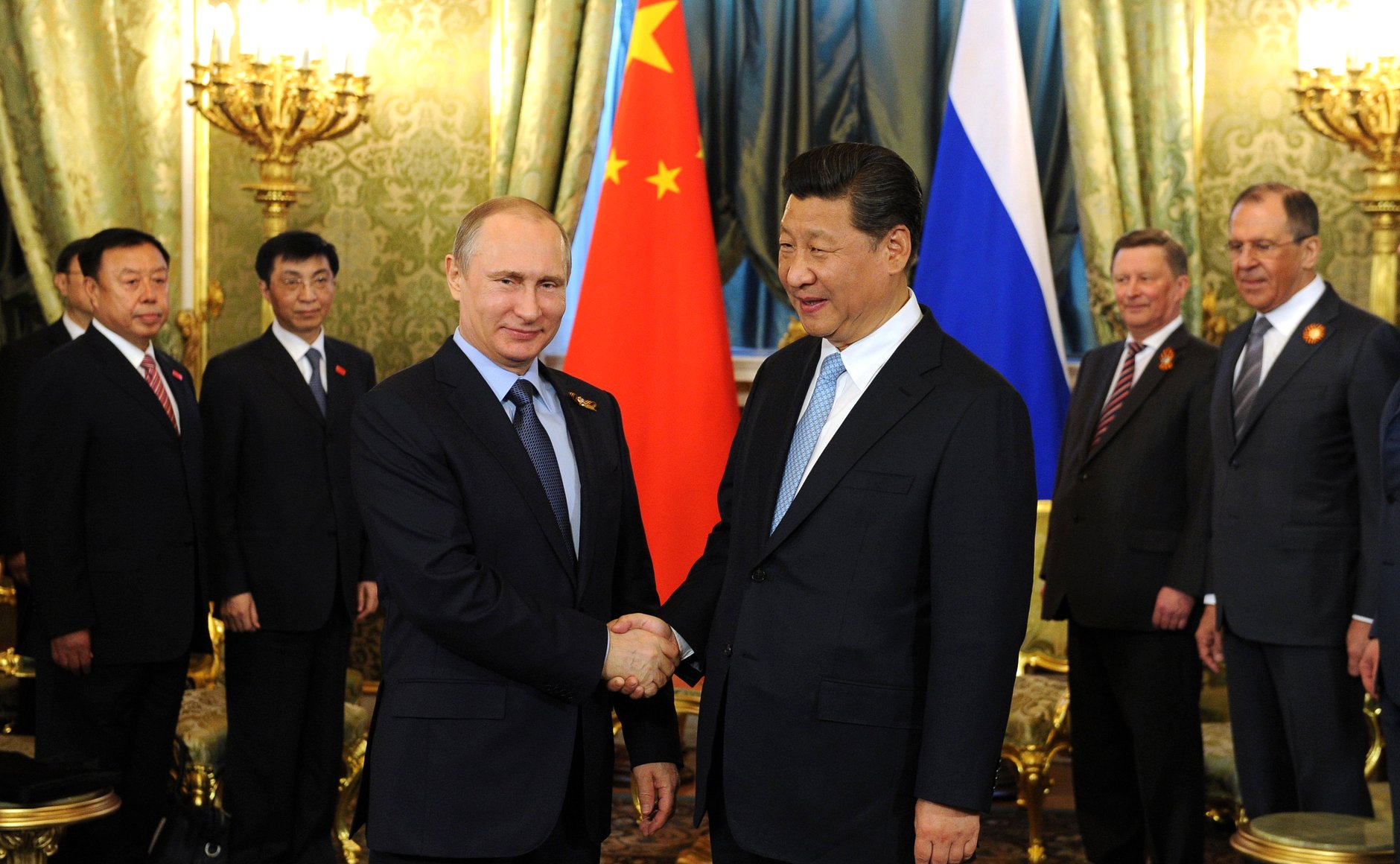Trump’s policy of pursuing closer relations with Russia has been the center of much ridicule, often dismissed without any consideration. Yet, if carried out correctly, it could become the next diplomatic revolution.
Today, the United States is stuck in a quandary. Its two biggest rivals, China and Russia, are growing closer and closer together. In 2012, China and Russia signed the Comprehensive Strategic Partnership of Cooperation, which established goals of mutual trust, cooperation, and economic targets. After Western sanctions on Russia as a result of its annexation of the Crimea, China and Russia signed a new pact, the 2014 Strategic Partnership. As part of this pact, Russian natural gas company Gazprom will supply China with natural gas for 40 years. The two countries also pledged to swap more than $24 billion in currency over the next three years. These deals helped take the teeth out of Western sanctions and allow the Russian economy to continue to grow.
This is a familiar position for the United States. During the first decades of the Cold War, the Soviet Union and China were military and economic allies. In the 1960s, however, combination of disagreements over ideology and territorial disputes drove a split between China and the Soviet Union.
The Nixon administration quickly capitalized on this split. After a 1972 visit to Beijing, Nixon and Mao announced the Shanghai Communique, which outlined the two countries’ foreign policy goals and promised to work towards full diplomatic relations. In 1979, the two countries established diplomatic relations. Instantly, the outlook of the Cold War changed. The Soviet Union lost its biggest and most powerful Communist ally. At the same time, US trade with China grew at almost 25% every year.
Afraid of being left out, the Soviet Union also pursued a policy of détente in favor of closer relations with the United States.
Now, perhaps because the United States is seen as a common enemy, China and Russia have realigned themselves. Russia was able to find new energy markets it had lost in Europe. China, meanwhile, gained a reliable economic ally who is willing to fuel China’s growing economy and military. This alliance is dangerous for the world order. Because both China and Russia can continue to grow without the West, they are less likely to be considerate of others’ interests.
Could 2017 be an opportunity to redraw US diplomacy and work towards another China Russian split? The facts say yes.
Firstly, the bonds that China and Russia share today are much weaker than the bonds they shared in the 1950s and 1960s. During the Cold War, both states were Communist, were each others’ largest trade partners, and were military allies. Today, China and Russia are becoming closer simply out of necessity. China, because they need an ally against the United States, and Russia, because it needs an ally against NATO and the European Union.
At the same time, these bonds have already started to weaken. China has made it clear that it sees closer US-Russia relations as a threat. Global Times, a Chinese tabloid published by the Chinese Communist Party, wrote that, “Moscow has the willingness to improve relations with Washington under the Trump administration. Will China be pushed to the front-line of confronting the U.S.?” This public statement hints that China is considering, and worried, about the prospect of closer U.S.-Russia relations.
Finally, closer relations with Russia is also most pragmatic for the US. Russia’s aggressive policies in the Baltics and Ukraine may cause friction with the United States’ European allies, but there is no way the United States would ever go to war with Russia over the Russian annexation of a former Soviet state in Eastern Europe.
What’s more realistic, and probably more stable in the long term, is to try to develop constructive relationships to prevent a conflict from ever happening. As we have seen, even simple rhetoric was enough for China to grow concerned. If the US lifted its sanctions and worked out major economic and military deals with Russia, it could allow the United States to isolate its true rival, China.
An opportunistic US diplomat could reshape the global balance of power. By lifting sanctions, cooperating with Russia against terrorism, and even turning a blind eye to Russian aggression in Eastern Europe, the United States can build a long term, beneficial relationship with Russia.
Featured Image Source: The Brics Post






Be First to Comment